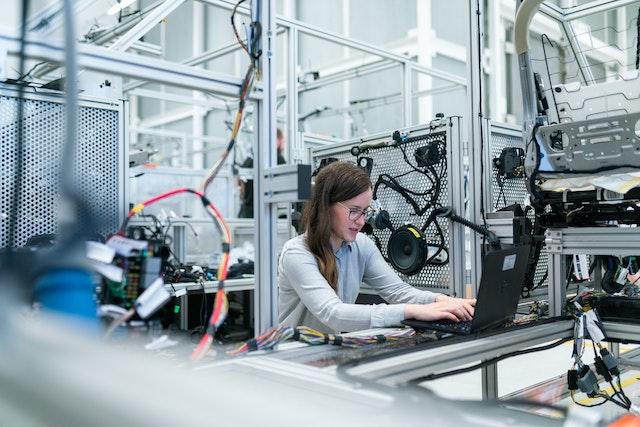How Technology Revolutionized the Quality Control and Inspection Industry
The way people inspect things for quality has changed a lot because of new technology. This field has hugely transformed with the transition from traditional means of inspection to cutting-edge systems. Now, things are much better in ensuring products and processes are top-notch.
Automation and Robotics
Automation has turned out to be a cornerstone of cutting-edge modern quality control and inspection procedures recently. Nowadays, robots are armed with high-tech sensors and cameras that conduct thorough inspections with precision and tempo that surpasses human capabilities. Unlike people, robots do not tire or get fatigued, and they can get points of access to unstable or difficult-to-reach areas, making sure comprehensive evaluation.
Augmented Reality and Virtual Reality
With AR, inspectors can wear special glasses that provide real-time data and guidance in their field of view. For instance, AR can overlay information about critical parameters in a manufacturing setting, helping inspectors instantly identify defects or deviations. These innovations have increased efficiency and accuracy, enabling inspectors, even in fixed asset inspections, to tackle more complex tasks. Conversely, VR has been made more efficient as nowadays you can train through a simulated operation in quality control. For example, they can practice inspecting complex machinery in a virtual space before doing it on the actual equipment.
AI and Machine Learning
Machines equipped with Artificial Intelligence and Machine Learning technologies increase the capabilities of quality control systems. These machines can look at a lot of information and quickly spot unusual things or patterns. In places like factories, these AI-powered machines find mistakes, organize products, and even predict problems before they happen. This saves time and resources and ensures that only products meeting the highest standards reach the market.
Internet of Things and Connectivity
IoT devices are geared up with sensors, processors, and communication hardware that allow them to acquire and exchange records. With it, professionals may make quick adjustments to prevent errors from occurring, making sure the entirety runs with ease. They can also utilize it in controls, automation, tracking, and analysis.
Non-Destructive Testing (NDT)
Initially, testing frequently involved taking things apart, which can be costly and time-consuming. Nowadays, these methods can evaluate materials and components without causing any damage. Techniques like ultrasonic testing (using sound waves), radiographic testing (like X-rays), and magnetic particle testing have all become more accurate and efficient. Moreover, professionals can spot any issues much faster and with great precision. When it comes to safety measures, these technologies have contributed much to the aerospace, automotive, and construction industries.
3D Scanning and Imaging
3D scanning and imaging technology has completely changed how we inspect products and components. Through the creation of accurate 3-dimensional representations of objects, you can thoroughly verify the products using multiple criteria. It has also sped up the inspection process while providing a report on what needs to be worked on. Initially, computing the serial number was the only way to inspect them. Nowadays, you only need to scan the QR code, saving you time and ensuring accuracy.
Advancements in the above technologies have raised the bar for quality assurance. From manufacturing industries and medical fields to construction and automotive, all have enjoyed the advancements. Inspectors now have the equipment to deal with complicated tasks and uphold the very best standards. Before they can decide to operate a machinery, they can first understand how it generally works without even touching it first through the various 3D imaging and VR and AR tech.

